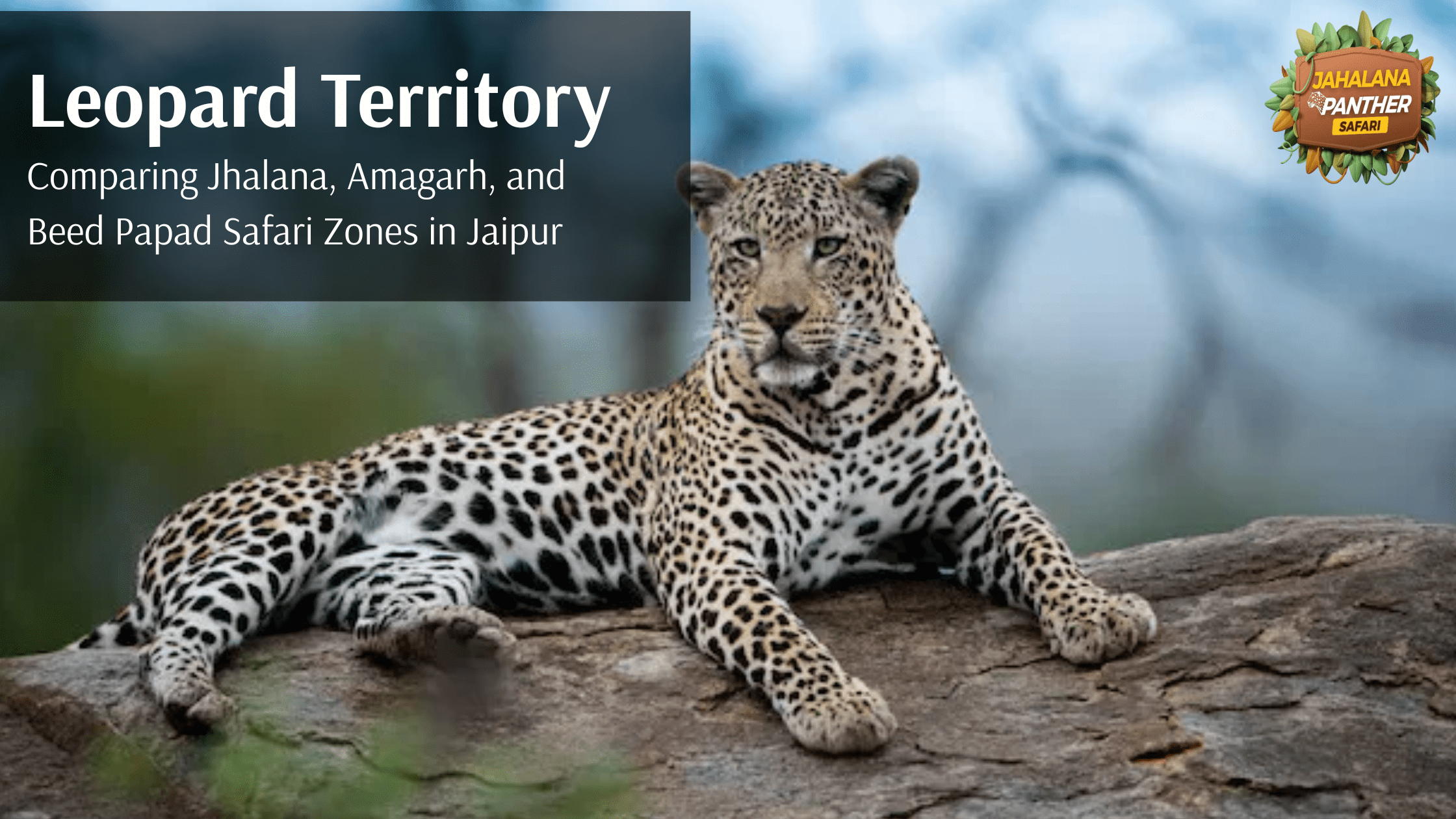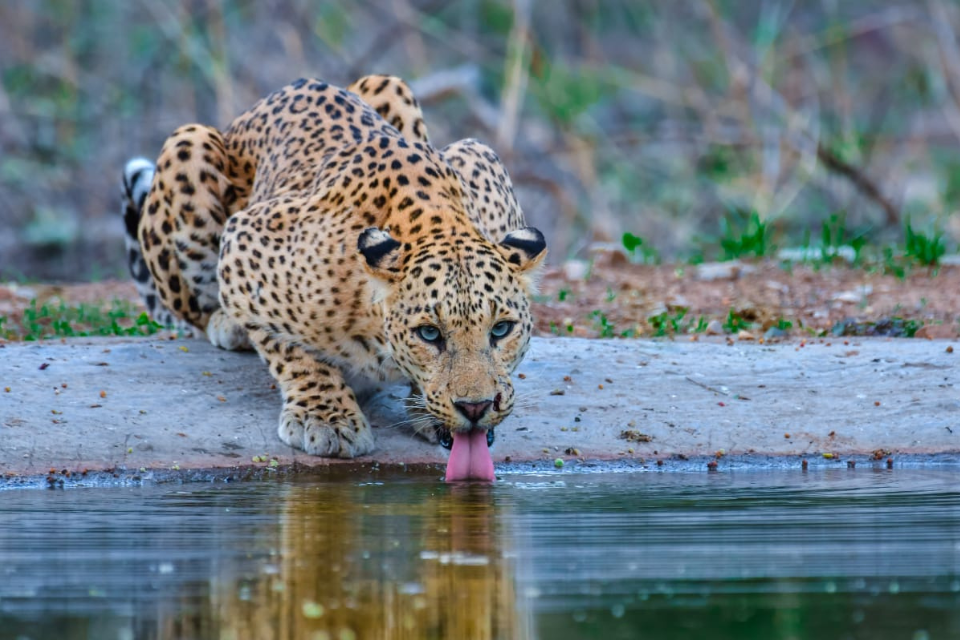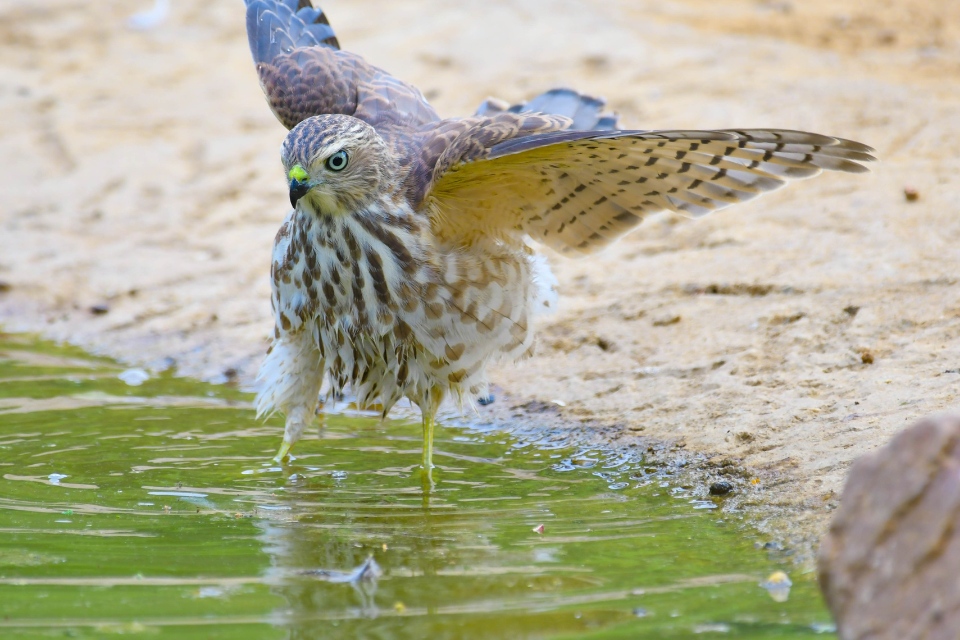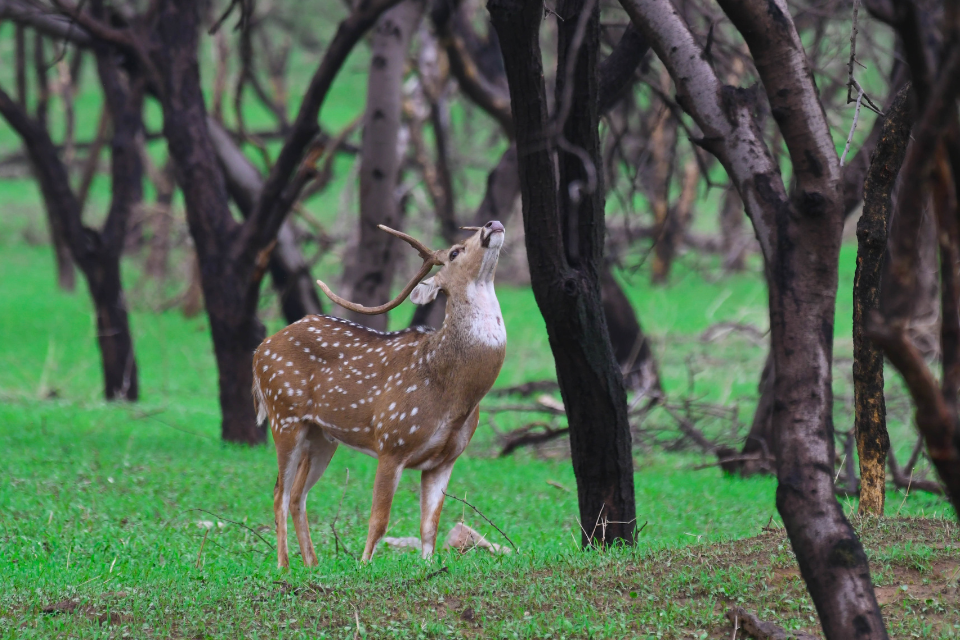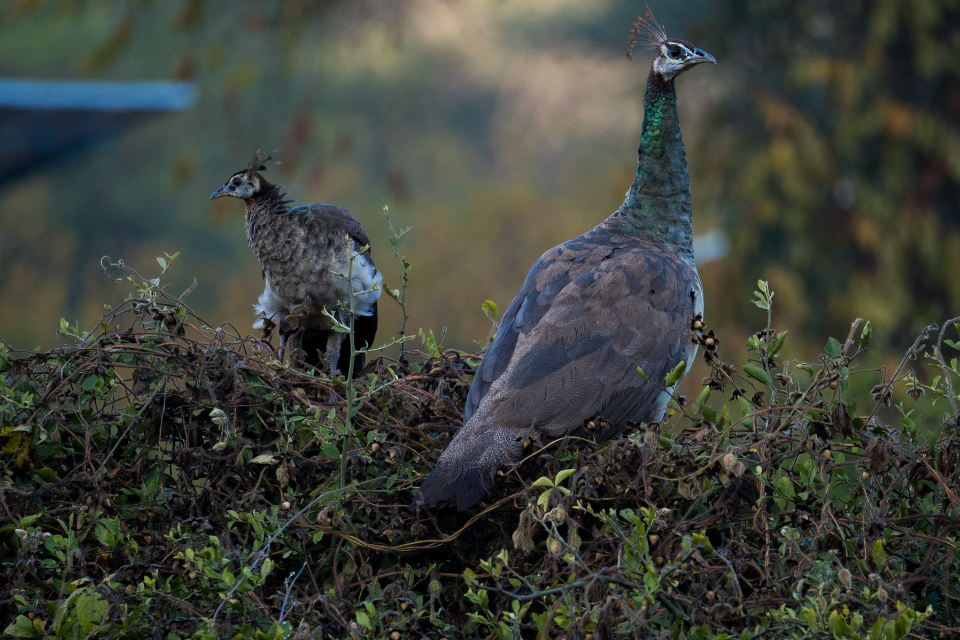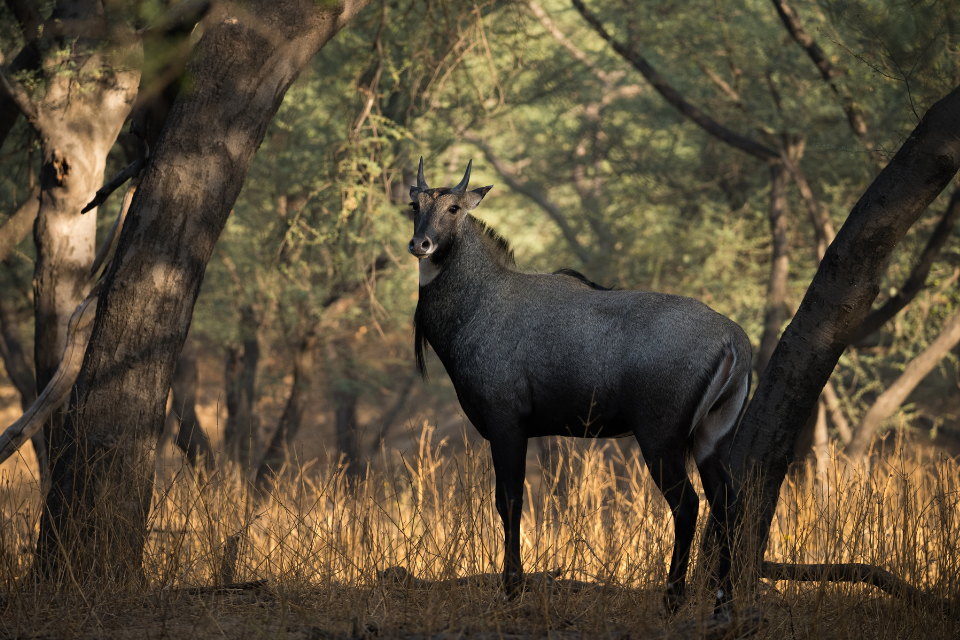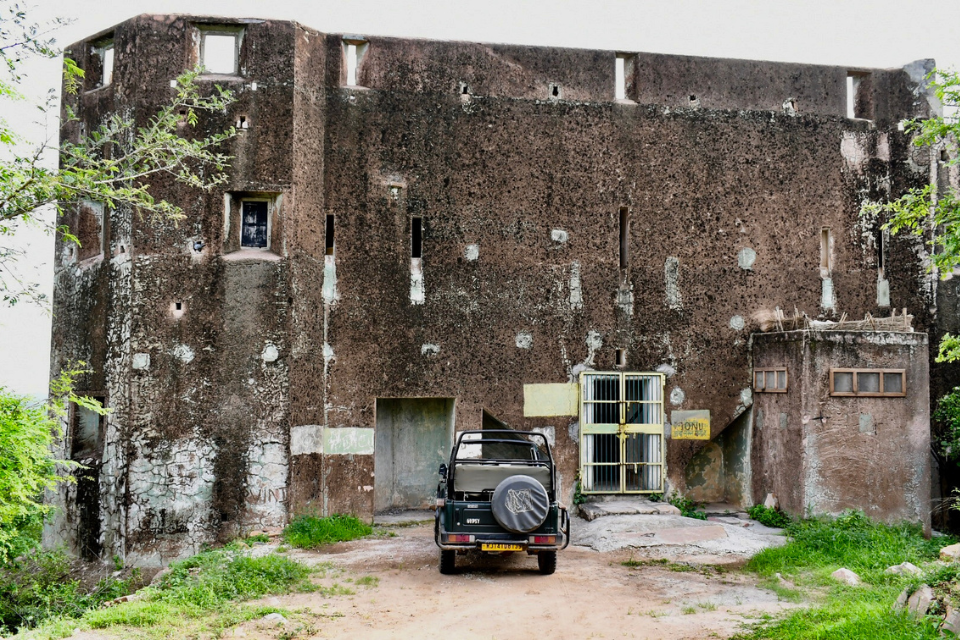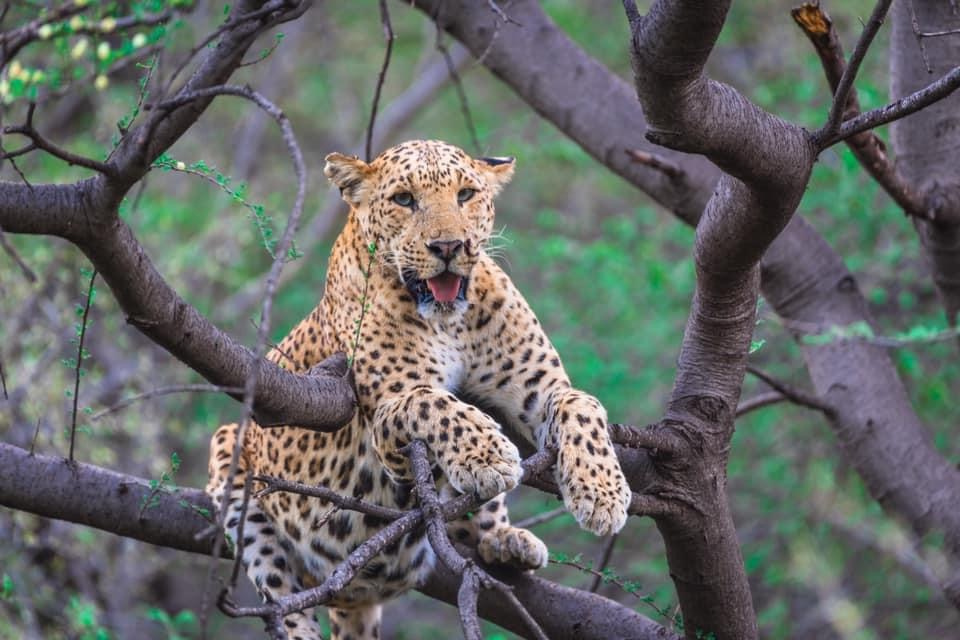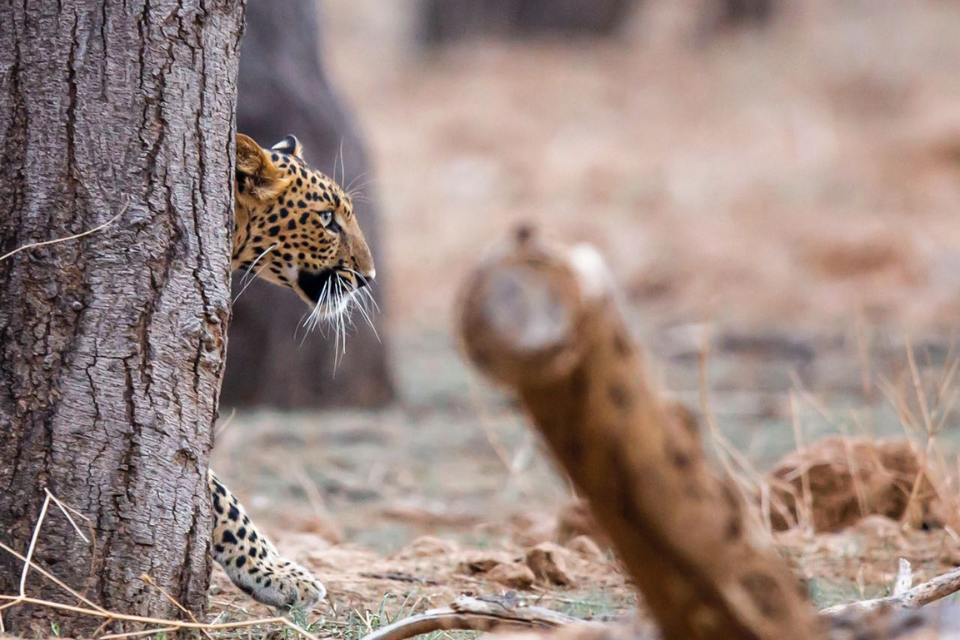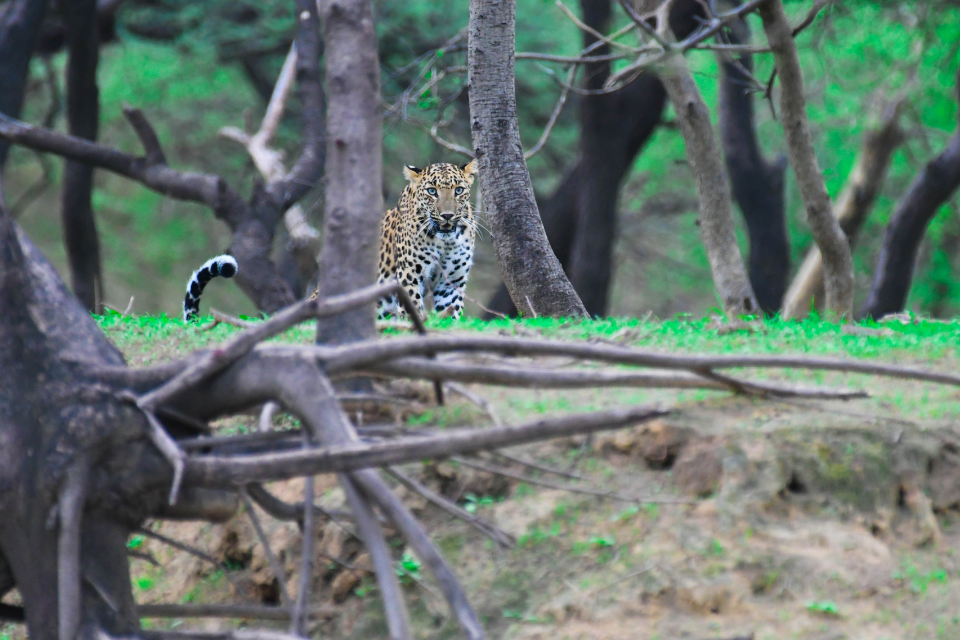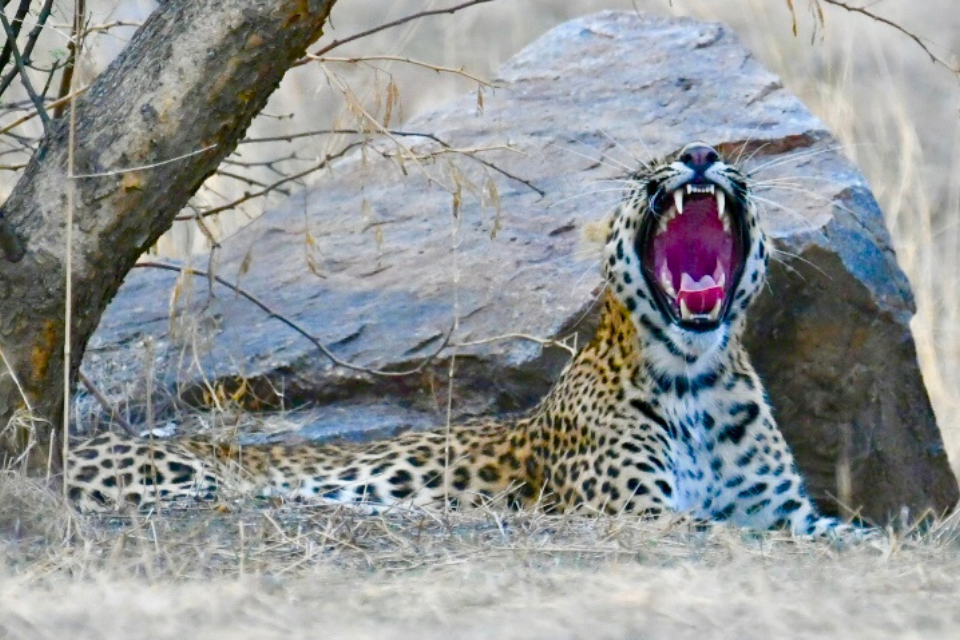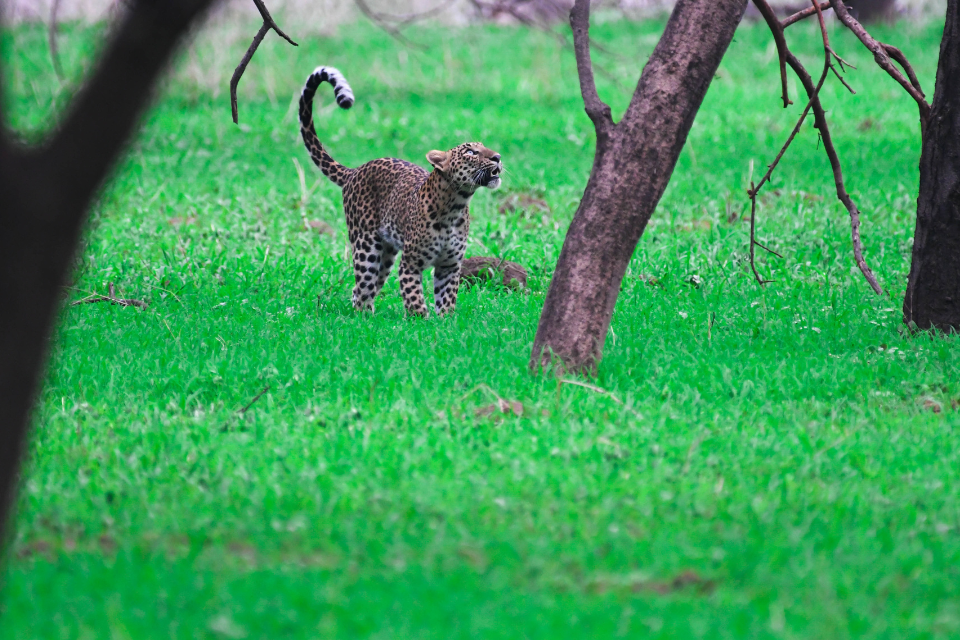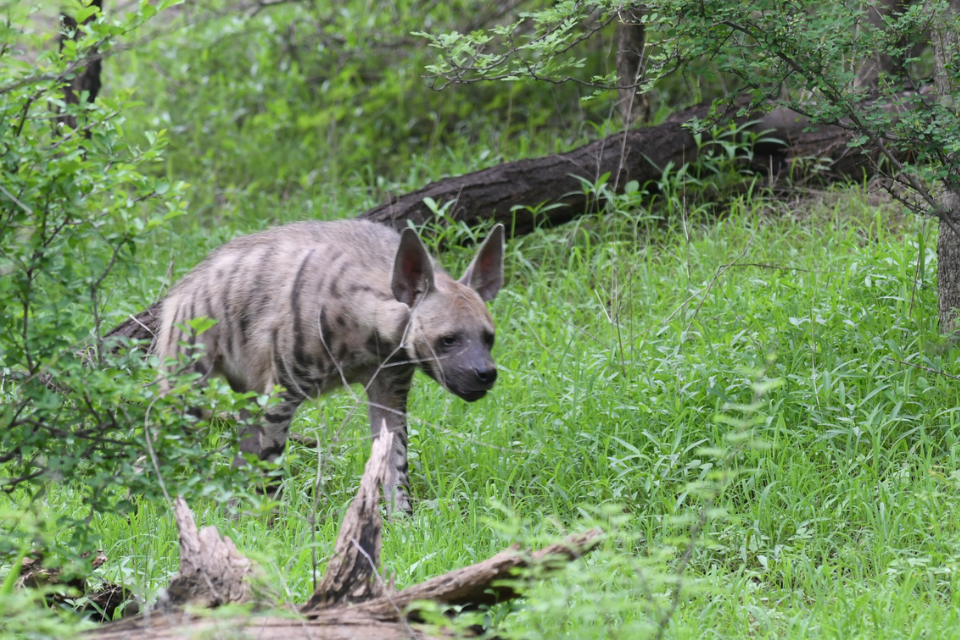- July 18, 2025
Leopard Territory: Comparing Jhalana, Amagarh, and Beed Papad Safari Zones in Jaipur
Introduction
The city of Jaipur has emerged as an unlikely hub for leopard conservation, housing not one, not two, but three dedicated leopard safari zones: Jhalana, Amagarh, and the newly opened Beed Papad Safari. Each of these reserves is nestled within the ancient Aravalli range, contributing to the revival of India’s urban wildlife ecosystem.
This blog provides a comprehensive comparison of these three safari zones—highlighting their wildlife diversity, visitor experience, conservation initiatives, access points, and overall appeal. Whether you’re planning your first wildlife safari or deciding which park to explore next, this guide will help you make an informed and responsible choice.
⚠️ Note: Jhalanapanthersafari.in is an informational platform that connects users to local booking partners. We do not conduct safaris directly.
Why Compare These Three Zones?
All three safari locations—Jhalana, Amagarh, and Beed Papad—are:
- Located within Jaipur district
- Home to resident leopards
- Regulated by the Rajasthan Forest Department
- Focused on sustainable eco-tourism
Yet, they vary in landscape, sightings frequency, ease of access, and visitor experience. Understanding these differences will help wildlife lovers and eco-tourists align their expectations accordingly.
- Jhalana Leopard Safari: Jaipur’s Pioneer Zone
Overview:
- Established: 2016 (official safari status)
- Area: ~21 sq km
- Location: Near Malviya Nagar, central Jaipur
- Known for: High leopard density and urban wildlife coexistence
Unique Features:
- India’s first urban panther safari
- Over 20+ identified leopards, including popular individuals like Flora and Juliet
- Compact size ensures high sighting probability
- Variety of safari routes: Shikar Audi, Lal Bari, Choti Chaupar
Ideal For:
- First-time safari-goers
- Wildlife photographers
- Visitors seeking convenience and higher chances of leopard encounters
Limitations:
- High visitor traffic
- Limited sense of wilderness due to proximity to city
- Amagarh Leopard Safari: Jaipur’s Second Wildlife Retreat
Overview:
- Established: 2022 (formally launched as safari zone)
- Area: ~25 sq km
- Location: Near Ghat Ki Guni Tunnel, Agra Road
- Known for: Undisturbed habitat, scenic ridgelines, growing leopard sightings
Unique Features:
- Expands the leopard corridor away from Jhalana
- Safari routes include Bada Dev Trail and Kho-Nala Stretch
- Rich biodiversity including striped hyenas, Indian fox, and migratory birds
Ideal For:
- Nature enthusiasts seeking quieter safaris
- Visitors interested in conservation impact
- Wildlife watchers who enjoy scenic terrain
Limitations:
- Leopard sightings are growing but less predictable
Slightly longer commute from city center
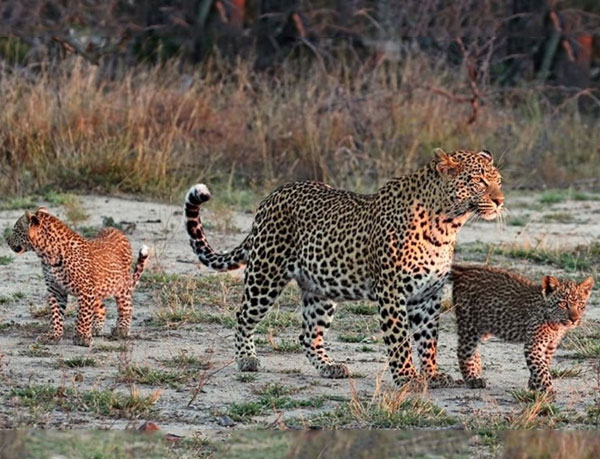
- Beed Papad Leopard Safari: The Newest Panther Reserve
Overview:
- Established: Official safari permissions granted in 2024
- Area: Expanding but estimated over 30+ sq km
- Location: Near Sanganer, southwest Jaipur
- Known for: Raw wilderness and potential for new safari experiences
Unique Features:
- Least explored zone, offering a pristine forest feel
- Presence of panthers, jungle cats, hyenas, and avian species
- High potential for eco-tourism development
- Large open valleys and rocky slopes offer stunning visuals
Ideal For:
- Explorers and repeat safari-goers
- Eco-travelers looking for offbeat wildlife experiences
- Conservationists and documentary filmmakers
Limitations:
- Limited infrastructure and defined safari trails
- Lesser-known leopard population visibility
Leopard Sightings Comparison
Parameter | Jhalana | Amagarh | Beed Papad |
Leopard Density | High | Moderate | Low to Growing |
Sightings Probability | High | Moderate | Unpredictable |
Other Predators | Hyena, Fox | Hyena, Fox, Cat | Hyena, Cat |
Birdwatching Value | Moderate | High | High |
Accessibility & Entry Points
Factor | Jhalana | Amagarh | Beed Papad |
Distance from Jaipur | ~8 km | ~16 km | ~20 km |
Nearest Landmark | Malviya Nagar | Ghat Ki Guni Tunnel | Sanganer Area |
Public Transport | Easily Available | Moderate Access | Limited Access |
Safari Infrastructure | Well-Established | Developing | Nascent |
Safari Timings and Cost
All three safaris follow similar slot structures:
Slot | Timing (Varies Seasonally) |
Morning Safari | 6:45 AM – 9:30 AM |
Evening Safari | 3:45 PM – 6:30 PM |
Night Safari* | 7:00 PM – 10:00 PM (subject to availability) |
Pricing may vary slightly based on platform, guide, and season. Check authorized platforms like jhalanapanthersafari.in for verified listings.
Responsible Travel Tips for All Three Zones
- Respect wildlife space: No flash, loud noise, or abrupt movements
- Carry eco-friendly items only: Avoid plastic
- Always follow your guide’s instructions
- Maintain silence, especially near waterholes or when alarm calls are heard
- Share location awareness sparingly to avoid overcrowding
Conclusion: Which Safari Should You Choose?
Every panther reserve around Jaipur has its own magic. Here’s a summary guide to help you decide:
Preference | Suggested Safari |
High leopard sighting chance | Jhalana |
Quiet, scenic, semi-wilderness experience | Amagarh |
Raw forest adventure, offbeat exploration | Beed Papad |
For those deeply interested in urban wildlife or frequent visitors, exploring all three zones across different seasons offers a fuller understanding of Jaipur’s remarkable leopard conservation efforts.
Whether you’re a tourist, photographer, student, or nature lover, these safaris remind us that true wilderness can exist just beyond city walls.
Plan wisely, tread lightly, and support ethical, eco-conscious exploration.
Frequently Asked Questions (FAQs)
- Which is the best safari zone in Jaipur for guaranteed leopard sightings?
Jhalana Safari is the most reliable for leopard sightings. It has:
- High leopard density (20+ identified individuals)
- Smaller area, which increases spotting chances
- Well-established safari trails and experienced guides
- How do Amagarh and Beed Papad differ from Jhalana?
- Amagarh offers a quieter, more scenic experience with ridgelines, growing leopard activity, and rich biodiversity.
- Beed Papad is newer and more raw, perfect for adventurers and photographers looking for offbeat terrain, though sightings are less predictable for now.
- Can I visit all three safari zones during a short trip to Jaipur?
Yes! All zones are within 20 km of Jaipur city. With planning, you can:
- Book Jhalana in the morning,
- Amagarh or Beed Papad in the evening,
- Or spread your visits across 2–3 days for a deeper experience.
- What wildlife can I expect besides leopards?
All three zones host diverse species:
- Striped hyenas, Indian foxes, jungle cats
- Rich birdlife including bee-eaters, owlets, and migratory birds
- Occasionally monitor lizards and python sightings
Beed Papad and Amagarh are particularly strong for birdwatching.
- Are the safari timings the same for all zones?
Yes. Standard timings apply:
- Morning Safari: 6:45 AM – 9:30 AM
- Evening Safari: 3:45 PM – 6:30 PM
- Night Safari: 7:00 PM – 10:00 PM (where permitted)
Slots vary slightly by season and are regulated by the Forest Department.
- Is online booking available for these leopard safaris?
Yes. You can book safaris for all three zones via platforms like jhalanapanthersafari.in, which connects you to verified local providers. Always choose authorized channels to ensure ethical and legal experiences.
- Which safari zone is best for wildlife photography?
- Jhalana offers high leopard visibility and dramatic urban-wild backdrops
- Amagarh is great for scenic landscapes, temples, and quiet tracking
- Beed Papad is ideal for documentary-style captures in raw terrain
Photographers should consider exploring all three to capture varied habitats.
- Is it safe and beginner-friendly to visit these safari zones?
Yes. All safaris are conducted in official forest vehicles with trained guides. Just follow basic rules:
- Stay seated in the vehicle
- Keep voices low
- Never feed or approach animals
These safaris are suitable for families, photographers, and nature lovers alike.
- What should I carry on a leopard safari in Jaipur?
Recommended items:
- Binoculars and camera with zoom lens
- Reusable water bottle (avoid plastic)
- Hat or cap, sunglasses, and light clothing
- ID proof for entry
Avoid carrying snacks in plastic wrappers or noisy gear.
- Which safari is best for offbeat or adventurous travelers?
Beed Papad Safari is perfect for:
- Offbeat experiences
- Explorers wanting less commercialized terrain
Wildlife researchers or documentary teams
While infrastructure is still developing, its potential is unmatched for raw nature lovers.
Disclaimer All images used in this blog are either sourced from public domain or credited to their respective owners. If you are the copyright holder of any image and wish to request its removal or proper attribution, please contact us at [email protected]
